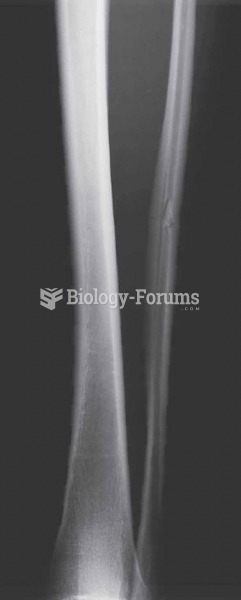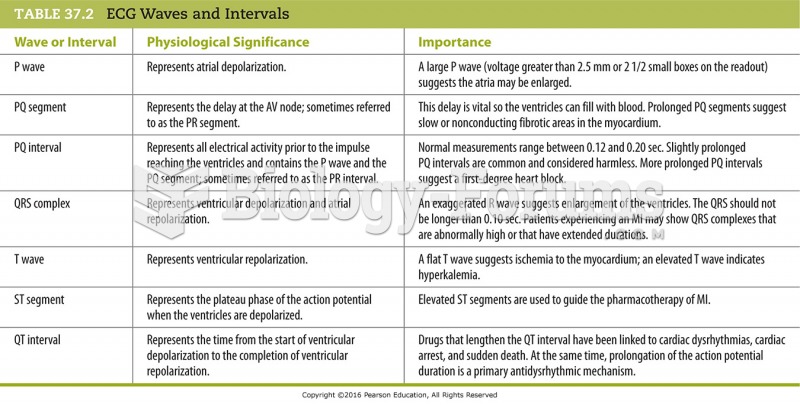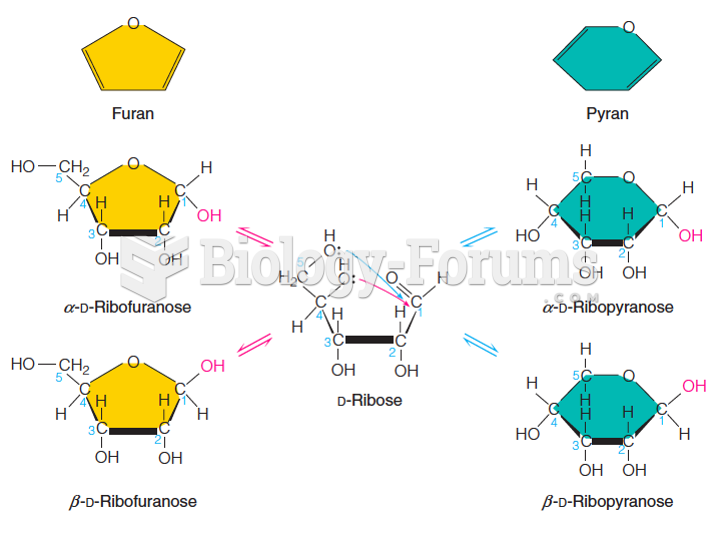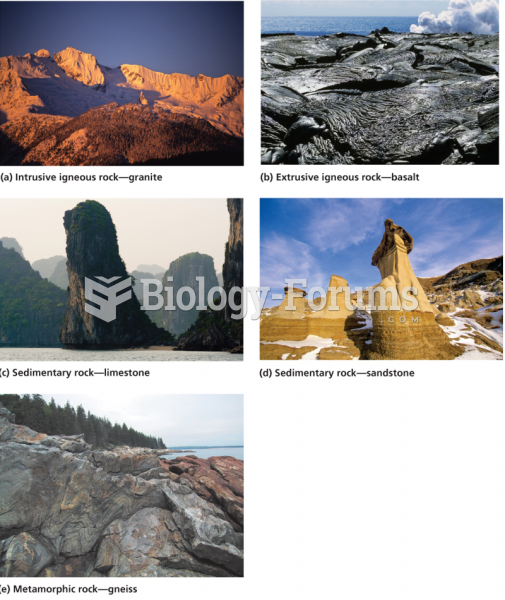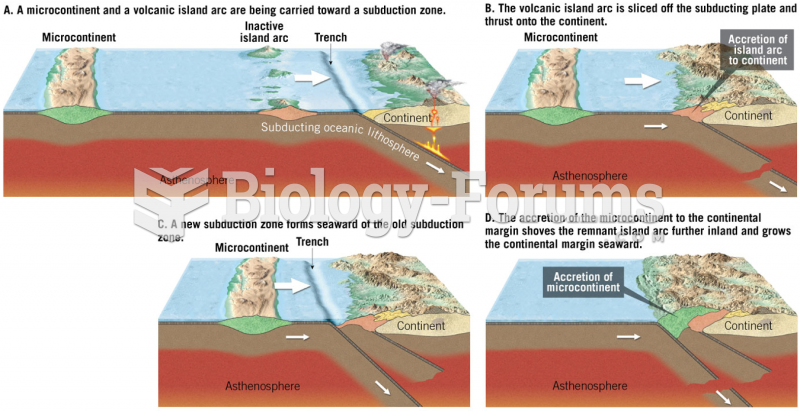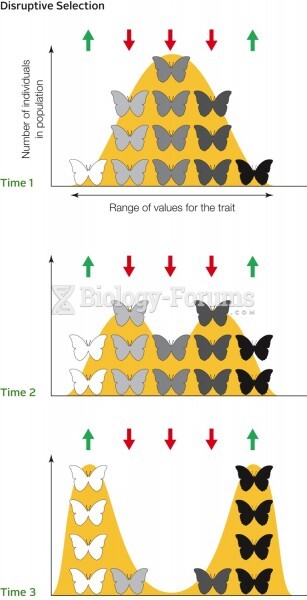Answer to Question 1
D
Answer to Question 2
The Ekman spiral describes the speed and direction of flow of surface waters at various depths. This model assumes that a uniform column of water is set in motion by wind blowing across its surface. Under ideal conditions in the Northern Hemisphere, the Coriolis effect causes surface water in contact with the wind to move in a direction 45 degrees to the right of the wind direction. In the Southern Hemisphere, where Coriolis curvature is to the left, the surface layer moves 45 degrees to the left of the wind direction. The surface water moves as a thin layer on top of deeper layers of water. As the surface layer moves, other layers beneath it are set in motion, thus passing the energy of the wind down through the water column. Ekman transport deflects surface water to the right in the Northern Hemisphere, so a clockwise rotation develops within an ocean basin and produces the Subtropical Convergence of water in the middle of the gyre, causing water literally to pile up in the center of the subtropical gyre. Thus, there is a hill of water within all subtropical gyres that is as much as 2 meters high. Surface water in the Subtropical Convergence tends to flow downhill in response to gravity. The Coriolis effect opposes gravity, however, deflecting the water to the right in a curved path into the hill again. When these two factors balance, the net effect is a geostrophic current that moves in a circular path around the hill. Friction between water molecules, however, causes the water to move gradually down the slope of the hill as it flows around it. The top of the hill formed within a rotating gyre is closer to the western boundary than the geographic center of the gyre. As a result, the western boundary currents of the subtropical gyres are faster, narrower, and deeper than their eastern boundary current counterparts.


